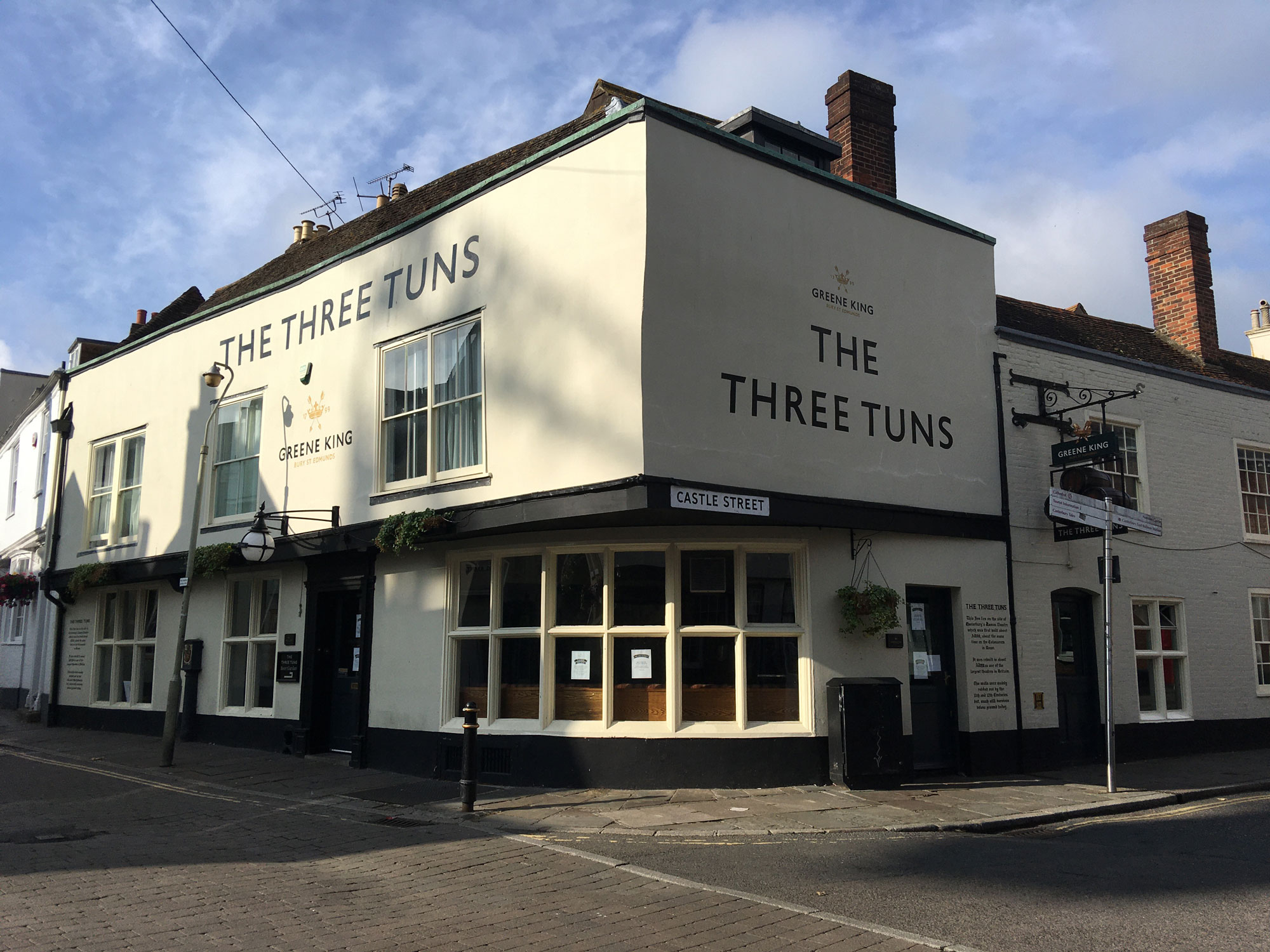How has the gay community developed in Canterbury over the last few decades? Neasa MacErlean talks to one man who prefers not to disclose his name about his changing experiences in the area over the years. We run this interview partly to mark the unfortunate cancellation of Gay Pride this month because of the coronavirus crisis. Last year it attracted 20,000 people to the Dane John Gardens. In 2021, the event is timetabled for Saturday, 12 June.
NM: You are long-retired. What was it like being gay in the various societal eras in your life?
Anon: Initially you felt that you had to tread carefully for fear some people might be offended. It wasn’t that people were likely to say anything but you sensed that there could be some social disapproval. But I believe now that no-one I know would be critical.
I’ve been fortunate because of my education and knowing a liberal set of people. I haven’t felt embarrassed by colleagues. I didn’t feel affected by Section 28 [in the 1988 Local Government Act, stating that councils “shall not intentionally promote homosexuality or publish material with the intention of promoting homosexuality” and that teaching in maintained schools should not promote “the acceptability of homosexuality as a pretended family relationship”].
What was really important was when homosexuality [in the Sexual Offences Act 1967] was decriminalised. That was a very significant moment. I remember being on a train coming down from the north when I heard. It felt like the clouds had lifted.
NM: What has the culture been like over the years in Canterbury in this respect?
Anon: When I came here I knew of the Campaign for Homosexual Equality [founded in 1969]. In the 1970s I went to a meeting about it in the Rectory of St Mildred’s Church, and that was the beginning of a social network which has continued to this day. It is now known as the Ashford Gay Group, and it serves East Kent. By contrast, when the group met in the Quakers Meeting House the caretaker resented our presence and would paraffin wax the floor such that our eyes watered very painfully.
NM: Where did people meet in Canterbury?
Anon: Canterbury was a place which people from the surrounding district would come to at weekends. The favourite place in the 70s was the Three Tons [Watling St], then known as the Queen’s Head — and to many of us as the Queen’s Legs. The publican and his wife made everyone extremely welcome. The landlady was very perceptive and, if a member of the public not obviously part of the group, went into the very long bar, she would suggest they might find the other room in the pub more congenial.
NM: Were there any other influences you could mention?
Anon: The Marlowe Theatre was then in St Margaret’s Street, and members of the management and cast would often join those who were in the Queen’s Head. There were frequently members of the academic staff at the university who made it their drinking hole. When the publicans retired an unsympathetic landlord took over and made it clear he did not want the same clientele. So people dispersed somewhat. There were several attempts by other publicans to offer hospitality but it did not work. In the last four or five years, Limes [Rosemary Lane] became the unofficial meeting place.
Alongside this there is the ‘Kent gay men social group’ on Facebook where the clientele is generally rather younger. And there is also the ‘East Kent – Gay Outdoor Club’ which meets on the last Sunday of every month at locations chosen by members for a nine or ten mile walk.
NM: What about Gay Pride?
Anon: I don’t know much about it. Over my lifetime the wider acceptance of gay life can be seen in the popularity of Gay Pride which has become a family event.
NM: Why did you wish to be interviewed anonymously today?
Anon: I wish to be thought of just as an individual, and not to be labelled because this is only one facet of my personality.

